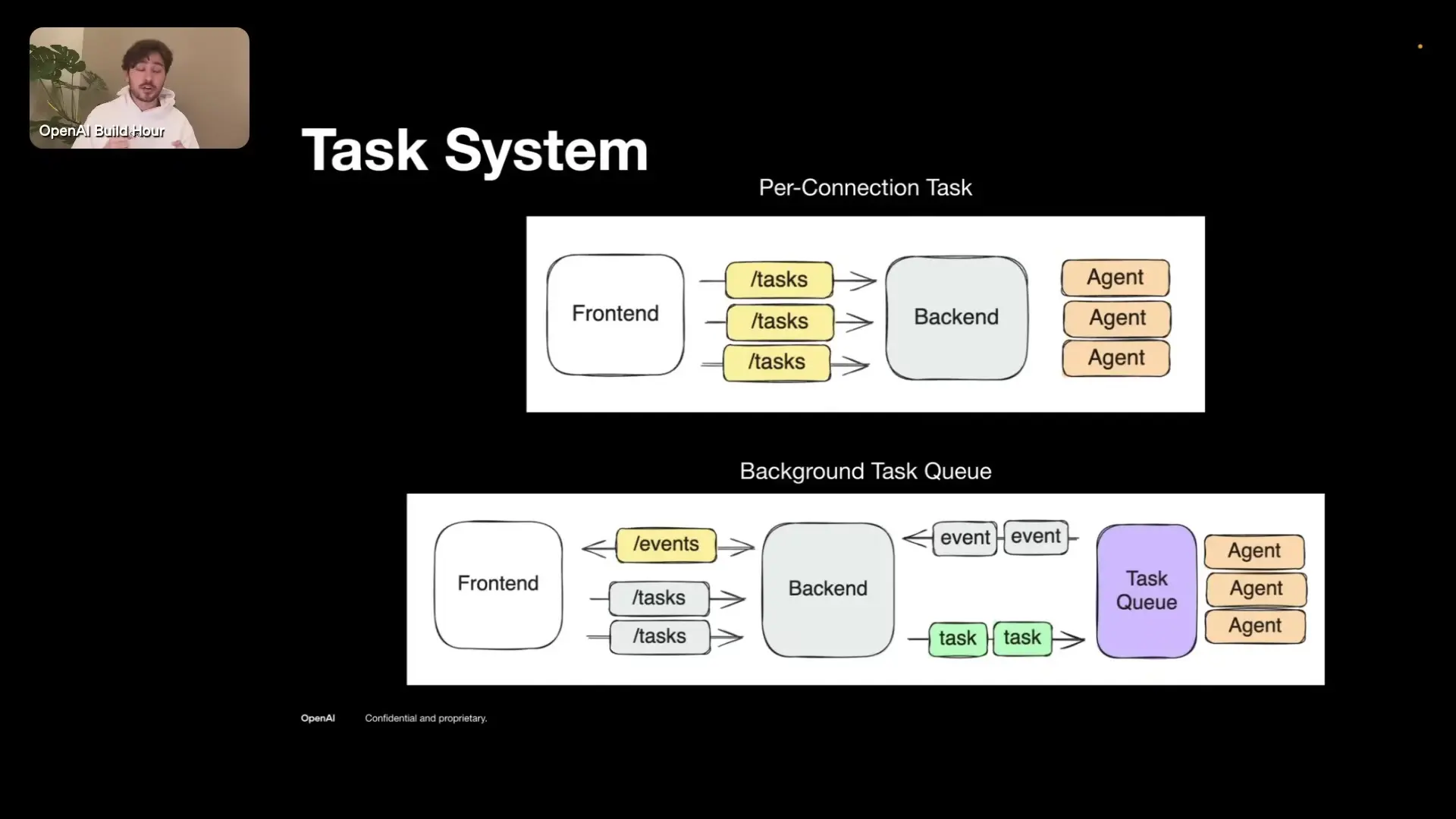
The AI development landscape has evolved significantly with the emergence of agentic tool calling - a powerful paradigm that's reshaping how we build intelligent systems. This approach combines sophisticated reasoning capabilities with dynamic tool interaction, allowing AI models to autonomously solve complex problems through a series of self-determined actions. As we explore this technology, we'll uncover how you can implement these capabilities in your own applications.
Understanding Agentic Tool Calling: The Foundation
At its core, agentic tool calling represents the convergence of two powerful capabilities: reasoning and tool interaction. Unlike traditional approaches where models are trained on specific steps to solve problems, agentic AI is trained on end results, allowing it to develop its own problem-solving strategies.
The reasoning component enables models to develop their own chain of thought - determining how to approach problems without explicit instructions. When combined with tool calling capabilities, these models can not only think through problems but also take actions to solve them by interacting with external systems, APIs, and resources.
Key Characteristics of Agentic Tool Calling Systems
- Goal-oriented: Focus on achieving specific outcomes rather than following predetermined steps
- Resourceful: Ability to leverage available tools creatively to accomplish tasks
- Robust recovery: Can handle failures and course-correct when encountering obstacles
- Consistency over long horizons: Maintains focus and coherence across extended sequences of actions
- Autonomous decision-making: Determines which tools to use and when without constant guidance
Practical Example: Codex in Action
To understand the power of agentic tool calling, consider Codex - an AI agent designed to handle complex coding tasks. When presented with an issue like "API keys not being respected through environment variables," Codex doesn't just suggest a solution. Instead, it downloads the repository, analyzes the code, identifies the problem, implements a fix, and tests it - all autonomously.
This represents a fundamental shift in AI interaction. Rather than requiring step-by-step instructions, you simply define the desired end state, and the agent determines how to achieve it using the tools at its disposal.

Building Your Own Agentic Systems: The Framework
Creating effective agentic tool calling systems requires consideration of four key components:
- Agent Design: Define goals, specify available tools, and configure delegation capabilities
- Infrastructure: Develop systems for parallel execution, state management, and runtime environments
- Product Interface: Create user interaction models and progress visualization
- Evaluation: Implement metrics to assess performance and effectiveness
1. Agent Design: Specifying Goals and Tools
The foundation of any agentic system is clear goal specification. Unlike traditional systems where you outline each step, with agentic tool calling, you focus on defining the desired end state. This requires careful consideration of what success looks like and what constraints exist.
Tool specification is equally critical. Your agent needs access to the right tools to accomplish its tasks. These might include API calls, database queries, file operations, or even the ability to delegate to other specialized agents.
// Example tool definition for an agentic system
const tools = [
{
type: "function",
function: {
name: "search_database",
description: "Search the product database for items matching criteria",
parameters: {
type: "object",
properties: {
query: {
type: "string",
description: "Search query string"
},
filters: {
type: "object",
description: "Optional filters to apply"
}
},
required: ["query"]
}
}
}
];2. Infrastructure: Building the Runtime Environment
Effective agentic systems require robust infrastructure to handle the complexities of long-running tasks. This includes mechanisms for parallel execution, state management between agent interactions, and appropriate error handling.
Your infrastructure must also provide a secure runtime environment where the agent can safely execute operations. For coding tasks like those handled by Codex, this might be a containerized environment with access to necessary dependencies and version control systems.

3. Product Interface: Enhancing User Experience
The way users interact with your agentic system significantly impacts its effectiveness. Consider how to gather necessary context from users without overwhelming them, how to display progress during long-running tasks, and when to request additional input.
Transparency is particularly important with agentic systems. Users need visibility into what actions the agent is taking and why, especially when those actions might have significant consequences.
4. Evaluation: Measuring Success
Developing metrics to evaluate your agentic system's performance is crucial. This includes assessing not just whether tasks are completed successfully, but also efficiency, user satisfaction, and appropriate handling of edge cases.
Consider implementing both automated evaluations and human feedback loops to continuously improve your system's capabilities.
Advanced Techniques: Delegation and Background Processing
As your agentic systems mature, consider implementing delegation capabilities. This allows your primary agent to spawn subtasks handled by specialized agents, enabling more efficient parallel processing of complex workflows.

Background processing is another powerful capability, allowing agents to continue working on tasks even when users aren't actively engaged. This is particularly valuable for time-consuming operations like data analysis, code generation, or content creation.
// Example of initiating a background task with an agent
async function startBackgroundTask(taskDescription, contextData) {
const taskId = generateUniqueId();
// Store task in database
await db.tasks.create({
id: taskId,
status: 'running',
description: taskDescription,
context: contextData,
created: new Date()
});
// Start background process
process.nextTick(() => {
runAgentTask(taskId, taskDescription, contextData)
.catch(error => handleTaskError(taskId, error));
});
return { taskId, status: 'started' };
}Best Practices for Implementing Call Center Agent Tools and Agentic AI
When implementing agentic AI vs tool calling systems, particularly in contexts like call center agent tools, consider these best practices:
- Start with clearly defined use cases that benefit from autonomous problem-solving
- Implement robust security controls to limit agent actions to appropriate scopes
- Build comprehensive logging to track all agent decisions and actions
- Design graceful handoffs between autonomous operation and human intervention
- Create clear feedback mechanisms for continuous improvement
- Test extensively with diverse scenarios to ensure robust performance
Conclusion: The Future of Agentic Tool Calling
Agentic tool calling represents a significant evolution in AI capabilities, moving from models that simply respond to prompts to systems that can autonomously pursue goals through reasoning and action. By implementing these capabilities in your applications, you can create more powerful, flexible solutions that adapt to complex challenges.
As this technology continues to evolve, we can expect even more sophisticated reasoning capabilities, improved tool integration, and enhanced mechanisms for collaboration between AI systems and human users. The organizations that master these techniques today will be well-positioned to leverage the next generation of AI capabilities.
Let's Watch!
7 Steps to Master Agentic Tool Calling for Advanced AI Development
Ready to enhance your neural network?
Access our quantum knowledge cores and upgrade your programming abilities.
Initialize Training Sequence